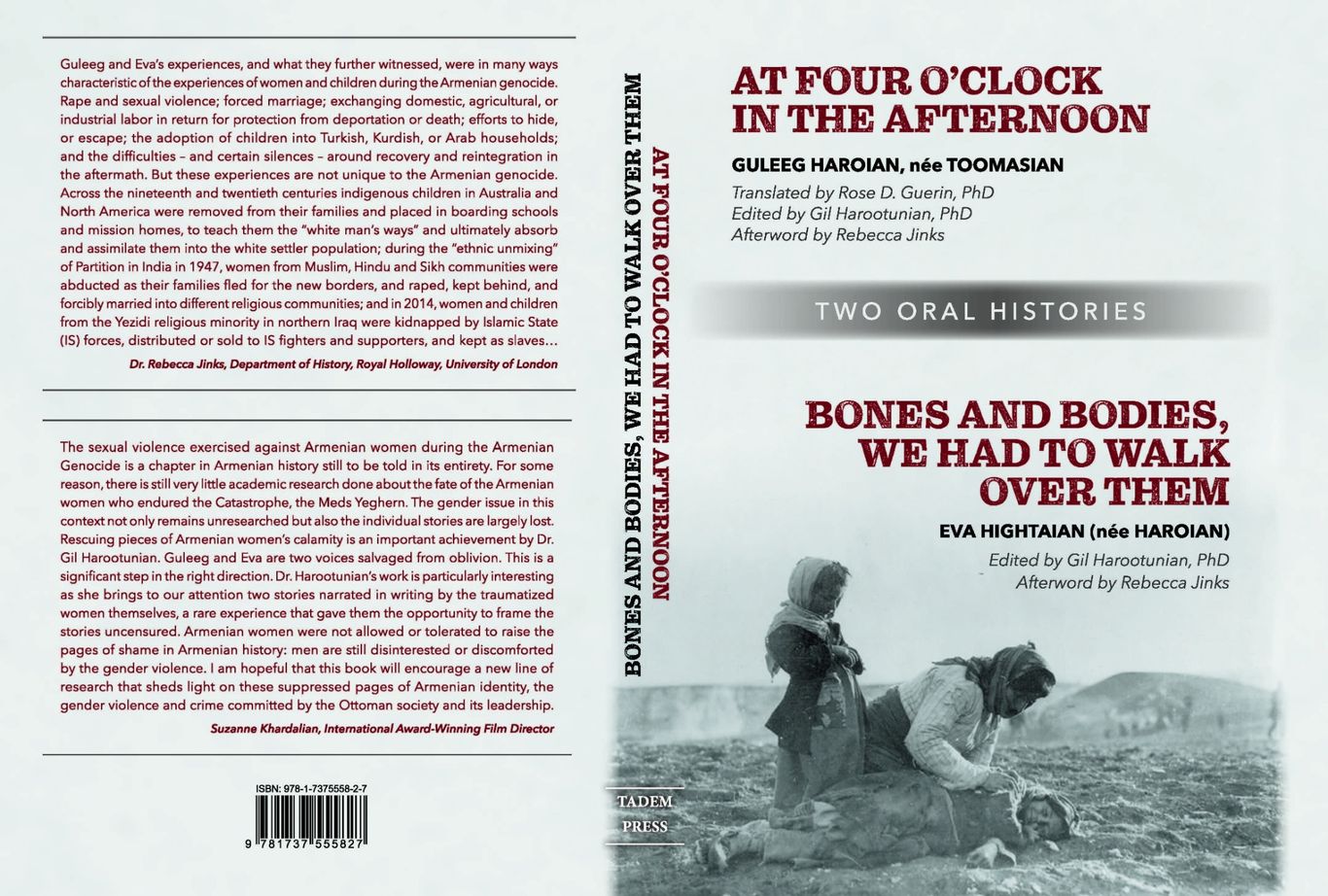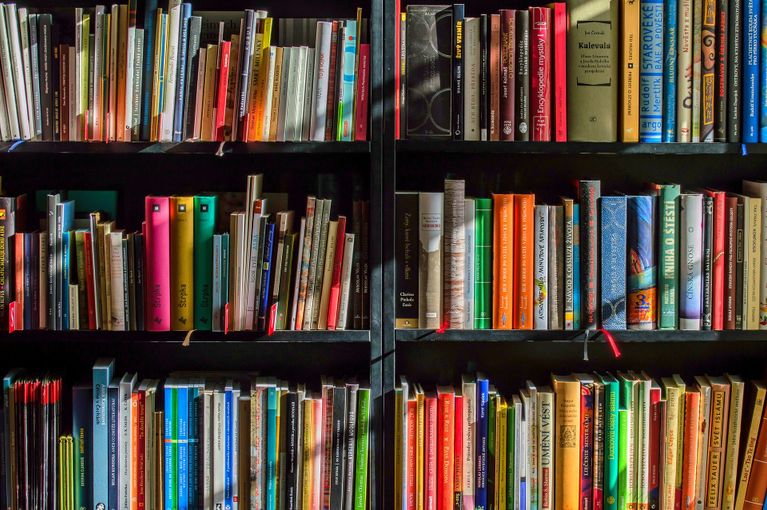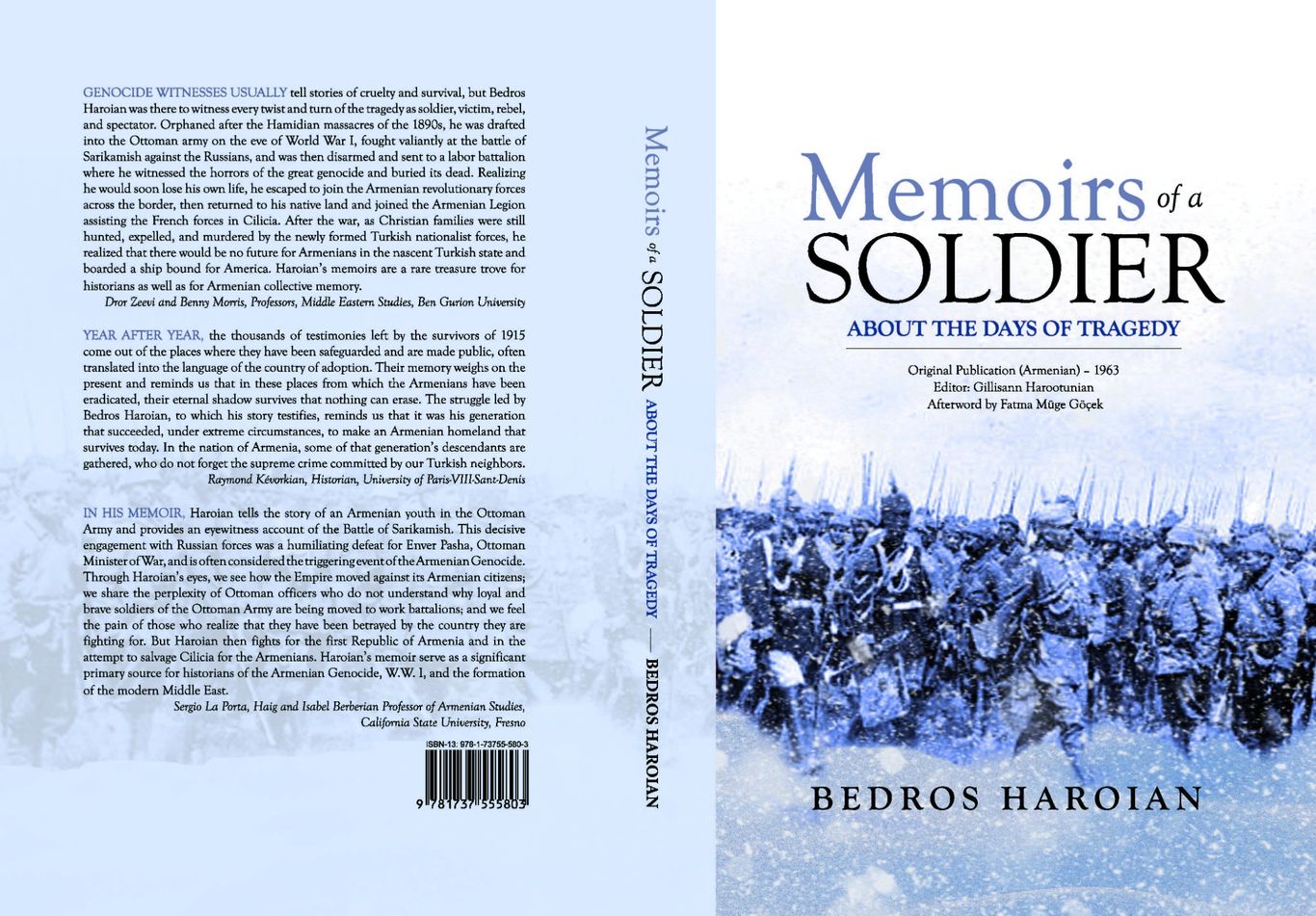
Testimonials
At Four O’Clock in the Afternoon is the only first-hand account in existence of an adult female who survived both the 1895 Massacres of Armenians by Sultan Abdul Hamid and the 1915 Armenian Genocide. Guleeg Haroian survived the 1915 Genocide through forced marriage to a Muslim. Bones and Bodies, We Had To Walk Over Them is the first-hand account of her daughter, Eva, who was deported in 1915 and survived the Death March through forced transfer as an orphan into a Muslim home. After W.W. I ended, mother and daughter were reunited, and Guleeg Haroian began the hard work of reclaiming orphans and young brides who had undergone forced transfer into Muslim homes.
The sexual violence exercised against Armenian women during the Armenian Genocide is a chapter in Armenian history still to be told in its entirety. For some reason, there is still very little academic research done about the fate of the Armenian women who endured the Catastrophe, the Meds Yeghern. The gender issue in this context not only remains unresearched but also the individual stories are largely lost. Rescuing pieces of Armenian women’s calamity is an important achievement by Dr. Gil Harootunian. Guleeg and Eva are two voices salvaged from oblivion. This is a significant step in the right direction. Dr. Harootunian’s work is particularly interesting as she brings to our attention two stories narrated in writing by the traumatized women themselves, a rare experience that gave them the opportunity to frame the stories uncensured. Armenian women were not allowed or tolerated to raise the pages of shame in Armenian history: men are still disinterested or discomforted by the gender violence. I am hopeful that this book will encourage a new line of research that sheds light on these suppressed pages of Armenian identity, the gender violence and crime committed by the Ottoman society and its leadership. ― Suzanne Khardalian, International Award-Winning Film Director
Guleeg and Eva’s experiences, and what they further witnessed, were in many ways characteristic of the experiences of women and children during the Armenian genocide. Rape and sexual violence; forced marriage; exchanging domestic, agricultural, or industrial labor in return for protection from deportation or death; efforts to hide, or escape; the adoption of children into Turkish, Kurdish, or Arab households; and the difficulties – and certain silences – around recovery and reintegration in the aftermath. But these experiences are not unique to the Armenian genocide. Across the nineteenth and twentieth centuries indigenous children in Australia and North America were removed from their families and placed in boarding schools and mission homes, to teach them the “white man’s ways” and ultimately absorb and assimilate them into the white settler population; during the “ethnic unmixing” of Partition in India in 1947, women from Muslim, Hindu and Sikh communities were abducted as their families fled for the new borders, and raped, kept behind, and forcibly married into different religious communities; and in 2014, women and children from the Yezidi religious minority in northern Iraq were kidnapped by Islamic State (IS) forces, distributed or sold to IS fighters and supporters, and kept as slaves…. ― Dr. Rebecca Jinks, Department of History, Royal Holloway, University of London
Armenian Weekly
Two rare oral histories converge in Dr. Gil Harootunian’s newest publication
Copyright 2023 © by Gillisann Harootunian
All rights reserved.
Tadem Press www.tadempress.com
Printed in the United States of America
Library of Congress Cataloging-in-Publication data
Names: Haroian, Guleeg, 1886-1981, author. | Hightaian, Eva, 1905-1996, author. | Guerin, Rose
D.,1923-2002, translator. | Harootunian, Gillisann, 1957- editor. | Jinks, Rebecca, writer of
afterword.
Title: At four o’clock in the afternoon ...” / by Guleeg Haroian, née Toomasian
; translated by Rose D. Guerin, PhD (née Haroian) ; edited by Gil Harootunian, PhD (née Guerin)
and: Bones and bodies, we had to walk over them / by Eva Hightaian (née Haroian) ; edited by Gil
Harootunian ; Afterword: Genocidal captivity and absorption in comparative context by Dr. Rebecca
Jinks.
Other titles: Bones and bodies, we had to walk over them. | Genocidal captivity and absorption in
comparative context.
Description: Fresno, California : Tadem Press, [2023] | Includes bibliographical references and
index.
Identifiers: ISBN: 978-1-7375558-2-7 (hardcover) | 978-1-7375558-3-4 (e-book) | LCCN: 2023903563
Subjects: LCSH: Haroian, Guleeg, 1886-1981. | Hightaian, Eva, 1905-1996.
| World War, 1914-1918— Personal narratives, Armenian. | World War, 1914-1918—Atrocities—Personal
narratives, Armenian. | Armenian Genocide, 1915-1923—Personal narratives. | Armenian massacres,
1894-1896—Personal narratives. | Armenian Genocide survivors—Turkey—History. |
Armenians—Turkey—Social life and customs—1915-1923. | World War, 1914-1918— Deportations from
Turkey. | Forced marriage—Turkey—1915-1923. | World War, 1914- 1918 —Forced removal of
civilians—Turkey. | Human trafficking— Turkey—1915-1923. | Orphans— Turkey—History—1915-1923. |
BISAC: BIOGRAPHY & AUTOBIOGRAPHY / Personal Memoirs.
| BIOGRAPHY & AUTOBIOGRAPHY / Survival. | HISTORY
/ Middle East / Turkey & Ottoman Empire. | BIOGRAPHY & AUTOBIOGRAPHY / Women.
Classification: 6.6/2015—dc23

Memoirs of a Soldier about the Days of Tragedy
Bedros Haroian
January 2022
Copyright 2021 © by Gillisann Harootunian
All rights reserved.
Tadem Press
Printed in the United States of America
Library of Congress Cataloging-in-Publication data
Names:
Haroian, Bedros, 1894-1967. author. |
Harootunian, Gillisann, 1957- editor. |
Göçek, Fatma Müge, writer of afterword.
Title:
Memoirs of a soldier about the days of tragedy / by Bedros Haroian; editor, Gillisann Harootunian; afterword by Fatma Müge Göçek.
Other titles:
Zeenvoree muh hoosheruh arhavirkey oreren. English
Description:
Fresno, California: Tadem Press, [2021] | "Original publication (Armenian)--1963" (Boston). | Includes bibliographical references and index.
Identifiers:
ISBN: 978-1-7375558-0-3 (hardcover) |
978-1-7375558-1-0 (e-book) |
LCCN: 2021913798
Subjects:
LCSH: Haroian, Bedros, 1894-1967. | Christians--Turkey--20th century--Biography. | Armenians--Turkey--20th century--Biography. | Armenians--United States--20th century-- Biography. | World War, 1914-1918--Personal narratives, Armenian. | World War, 1914-1918--Campaigns--Turkey--Personal narratives. | Sarikamish, Battle of, Sarikamiş¸, Kars İli, Turkey, 1914-1915--Personal narratives. | World War, 1914-1918--Campaigns-- Georgia (Republic)--Personal narratives. | World War, 1914-1918--Atrocities--Personal narratives. | Armenians--Turkey--History. | Armenian Genocide, 1915-1923--Personal narratives. | France. Armée. Légion étrangère--History--World War, 1914-1918--Biography. | Turkey. Ordu--History--World War, 1914-1918--Biography. | Russia. Armii͡a--History--World War, 1914-1918--Biography. | Great Britain. Army--History--World War, 1914-1918-- Biography. | BISAC: HISTORY / Military / World War I. | HISTORY / Middle East / Turkey & Ottoman Empire. | POLITICAL SCIENCE / Genocide & War Crimes.
Classification:
LCC: DR435.A7 H37 2021 | DDC: 956.7/03092--dc23
Testimonials
Memoirs of a Soldier about the Days of Tragedy
Genocide witnesses usually tell stories of cruelty and survival, but Bedros Haroian was there to witness every twist and turn of the tragedy as soldier, victim, rebel, and spectator. Orphaned from the Hamidian massacres of the 1890s, he was drafted into the Ottoman army on the eve of World War I, fought valiantly at the battle of Sarikamish against the Russians, and was then disarmed and sent to a labor battalion where he witnessed the horrors of the great genocide and buried its dead. Realizing he would soon lose his own life, he escaped to join the Armenian revolutionary forces across the border, then returned to his native land and joined the Armenian Legion assisting the French forces in Cilicia. After the war, as Christian families were still hunted, expelled, and murdered by the newly formed Turkish nationalist forces, he realized that there would be no future for Armenians in the nascent Turkish state and boarded a ship bound for America. Bedros Haroian’s memoirs are a rare treasure trove for historians as well as for Armenian collective memory.
Dror Zeevi and Benny Morris, professors and authors:
The Thirty-Year Genocide: Turkey’s Destruction of its Christian Minorities: 1894-1924
Ben Gurion University of the Negev, Israel
Year after year, the thousands of testimonies left by the survivors of 1915 come out of the places where they have been long kept and safeguarded and are made public, often translated into the language of the country of adoption. Their memory weighs on the present and reminds us that in these places from which the Armenians have been eradicated, their eternal shadow survives that nothing can erase. The struggle led by Bedros Haroian, to which his story testifies, reminds us that it was his generation that succeeded, under extreme circumstances, to make an Armenian homeland that survives today. In the nation of Armenia, some of that generation’s descendants are gathered, who do not forget the supreme crime committed by our Turkish neighbors.
Raymond Kévorkian, professor and author:
The Armenian Genocide: A Complete History
University of Paris-VIII-Sant-Denis
In his memoir, Haroian tells the story of an Armenian youth in the Ottoman Army and provides an eyewitness account of the fateful battle of Sarikamish. This decisive engagement with Russian forces was a humiliating defeat for Enver Pasha, the Ottoman Minister of War, and is often considered the triggering event of the Armenian Genocide. Through Haroian’s eyes, we see how the Empire moved against its Armenian citizens and soldiers; we share the perplexity of Ottoman officers who do not understand why loyal and brave soldiers of the Ottoman Army are being moved to work battalions; and we feel the pain of those who realize that they have been betrayed by the country they are fighting for. But Haroian then became involved in two other important moments of Armenian history: the fight for the first Republic of Armenia and the failed attempt to salvage Cilicia for the Armenians. He gives personal insight into the challenges facing both endeavors, the disagreements that beset the different Armenian parties, and the heroism of individual soldiers. Haroian’s recollection throughout is remarkable and his memoir should serve as a significant primary source for historians of the Armenian Genocide, the first world war, and the formation of the modern Middle East in its aftermath.
Dr. Sergio La Porta, Haig and Isabel Berberian Professor of Armenian Studies
Co-author, The Armenian Apocalyptic Tradition: A Comparative Perspective comprises an unprecedented collection of essays on apocalyptic literature in the Armenian tradition.
California State University, Fresno
© Copyright. All rights reserved.
We need your consent to load the translations
We use a third-party service to translate the website content that may collect data about your activity. Please review the details in the privacy policy and accept the service to view the translations.
